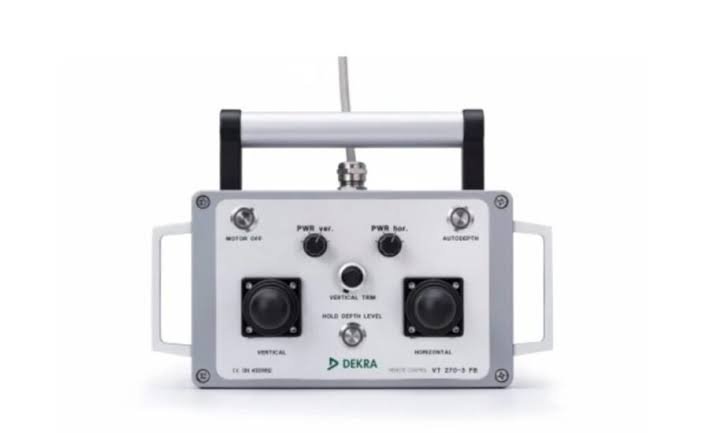Introduction
Are you wondering what “VT1000 pitting photo examples” even means? If you’re involved in any industry that relies on high-performance machinery, like automotive or industrial manufacturing, understanding pitting and wear on VT1000 parts is crucial. Pitting, a form of surface damage that appears as tiny holes or “pits” on metal surfaces, can significantly impact the performance of machinery. This guide will walk you through what pitting is, why it matters, and, most importantly, showcase real examples of pitting on VT1000 parts to help you identify it easily.
What is Pitting in VT1000 Parts?
Pitting is a form of wear that results in small, crater-like spots on a metal surface. This issue is particularly common in high-stress environments where parts rub against each other under pressure. The VT1000, often used in precision machinery, is prone to pitting when subjected to constant friction, moisture, or harsh chemicals.
Why VT1000 Pitting Matters
Pitting might seem like a minor issue, but it can escalate if ignored. Tiny pits on the surface reduce the part’s ability to perform efficiently. As the pits grow deeper and wider, they weaken the structure, leading to larger cracks, corrosion, and eventually, part failure. Catching pitting early can save you time, money, and even prevent hazardous situations.
VT1000 Pitting Photo Examples
To help you identify pitting, here are some real-world photo examples. We’ll explain what’s happening in each photo and why it’s significant.
1. Shallow Pitting on VT1000 Shafts
In the first photo example, you’ll see light surface pitting on a VT1000 shaft. This type of pitting is usually caused by minor friction or environmental exposure. Although shallow, this kind of pitting can still impact the part’s performance if left unchecked.
Why It Matters: Even shallow pitting can accelerate wear in high-speed applications. If the shaft rotates frequently, these pits can worsen over time and lead to failure.
2. Deep Pitting on VT1000 Bearings
Next, we have an example of deep pitting on VT1000 bearings. Unlike shallow pitting, these pits penetrate further into the metal, making the surface uneven and prone to cracking.
Why It Matters: Bearings need smooth surfaces to function correctly. Deep pitting can cause bearing failure, making machinery operation unstable and even dangerous.
3. Pitting with Cracks on VT1000 Gears
The third example showcases a VT1000 gear with both pitting and cracking. This is an advanced stage of pitting where the pits have grown into small cracks along the surface of the gear.
Why It Matters: This level of damage is often irreversible. Once cracks form, the integrity of the gear is compromised, and the part will likely need to be replaced soon.
4. Corrosive Pitting on VT1000 Housing
Our last example highlights pitting on VT1000 housing exposed to corrosive environments, like saltwater or chemicals. Corrosive pitting appears as clusters of small holes spread across the metal surface.
Why It Matters: Corrosion weakens the metal from the inside out, causing the part to become fragile and easily breakable. This can lead to sudden, unexpected failures in machinery.
How to Prevent Pitting in VT1000 Parts
To keep VT1000 parts running smoothly, you can take some proactive measures to avoid or reduce pitting:
- Regular Inspections: Regularly check high-wear areas for any signs of early pitting.
- Lubrication: Proper lubrication can reduce friction and prevent wear on high-contact parts.
- Controlled Environment: If possible, keep VT1000 parts away from corrosive chemicals or high-humidity areas.
- Surface Treatments: Some surface coatings can protect metal surfaces from wear and corrosion, extending the lifespan of parts.
When to Replace Pitted VT1000 Parts
If you notice that pitting is already deep or spreading quickly, it’s usually time to replace the part. Shallow pitting can sometimes be managed, but deep pitting and any signs of cracking should be addressed immediately.
Conclusion
Pitting on VT1000 parts is a common but manageable issue. By understanding what to look for, using the photo examples we’ve covered, and taking preventive steps, you can keep your machinery running longer and avoid unexpected breakdowns. Proper maintenance and regular inspections are key to minimizing pitting and ensuring the longevity of your VT1000 parts.
Frequently Asked Questions (FAQs)
1. What causes pitting in VT1000 parts?
Pitting is primarily caused by friction, environmental factors like moisture, and corrosive chemicals. Repeated use in high-stress situations can also lead to pitting.
2. How can I identify pitting on VT1000 parts?
Look for small holes or craters on the metal surface. Over time, these can become deeper or wider, leading to further wear or cracks.
3. Can I repair a VT1000 part with pitting?
In some cases, shallow pitting can be managed with resurfacing or coating treatments. However, deep pitting often requires a part replacement.
4. How often should I inspect my VT1000 parts for pitting?
For high-use machinery, inspect VT1000 parts every few months. For less frequently used parts, an annual check should be sufficient.
5. Are there treatments to prevent pitting in VT1000 parts?
Yes, regular lubrication, surface coatings, and controlled environments can significantly reduce the likelihood of pitting.

